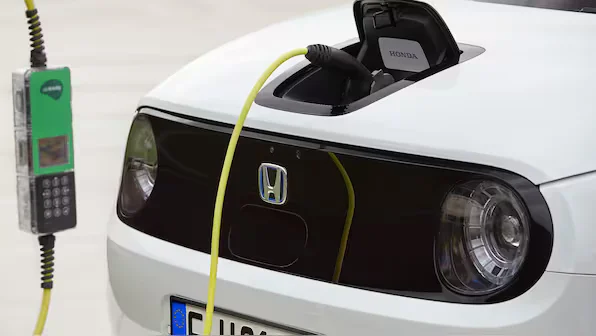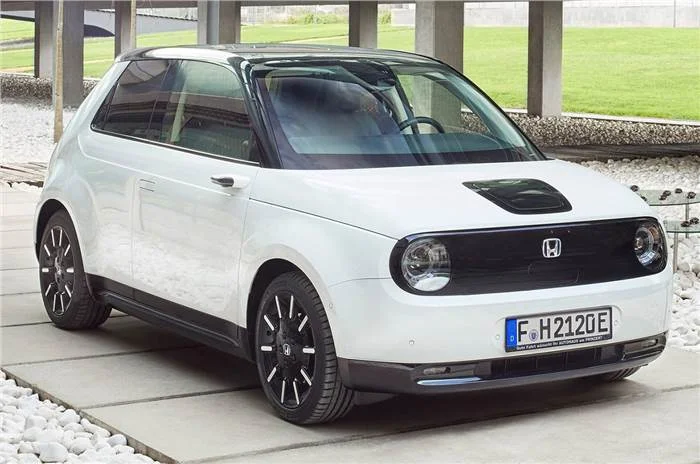Honda has unveiled a bold new strategy to become a leader in the electric vehicle (EV) market, aiming to completely phase out internal combustion engines by 2040.
Key Takeaways:
- Focus on In-House Development: Honda plans to increase its research and development (R&D) spending significantly and bring more EV production processes in-house. This “vertical integration” approach is similar to Tesla’s strategy and aims to give Honda greater control over technology and costs.
- Phased Approach: Honda will continue to roll out hybrid vehicles in the near future to generate revenue for its transition to full electrification.
- Next-Generation EV Platform: Honda is developing a new EV platform scheduled for unveiling in 2026.
- Learning from Others: Honda’s strategy reflects a trend in the auto industry, with companies like BYD, Renault Group, Volvo, and Stellantis also bringing EV production in-house.

Challenges and Competition:
- Execution: Successfully transitioning to in-house production requires significant investment and expertise.
- Competition: Honda faces stiff competition from established EV leaders like Tesla and new players like China’s Zeekr (which recently debuted on the NYSE).
Honda’s Advantages:
- Financial Strength: Honda’s record profits in 2023 provide a strong financial foundation for its EV ambitions.
- Brand Recognition: Honda’s reputation for reliability and innovation can be a major asset in the EV market.

- Existing Infrastructure: Honda has a well-established global network for sales and service, which can be leveraged for EVs.
Also: XPENG G6: A Powerful and Stylish Electric SUV for 2024
Looking Forward:
The success of Honda’s EV strategy will depend on its ability to execute its plans efficiently and develop compelling electric versions of its popular car models like Accord, Civic, and CR-V.

